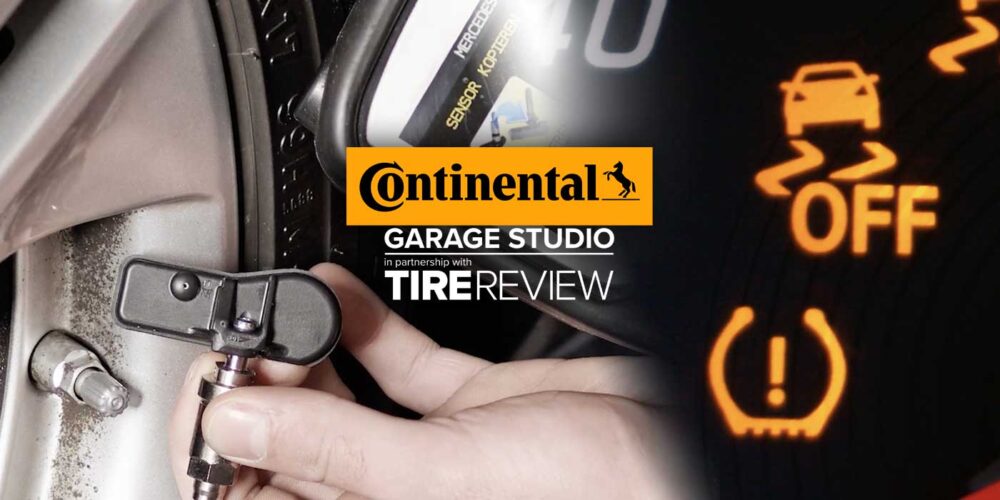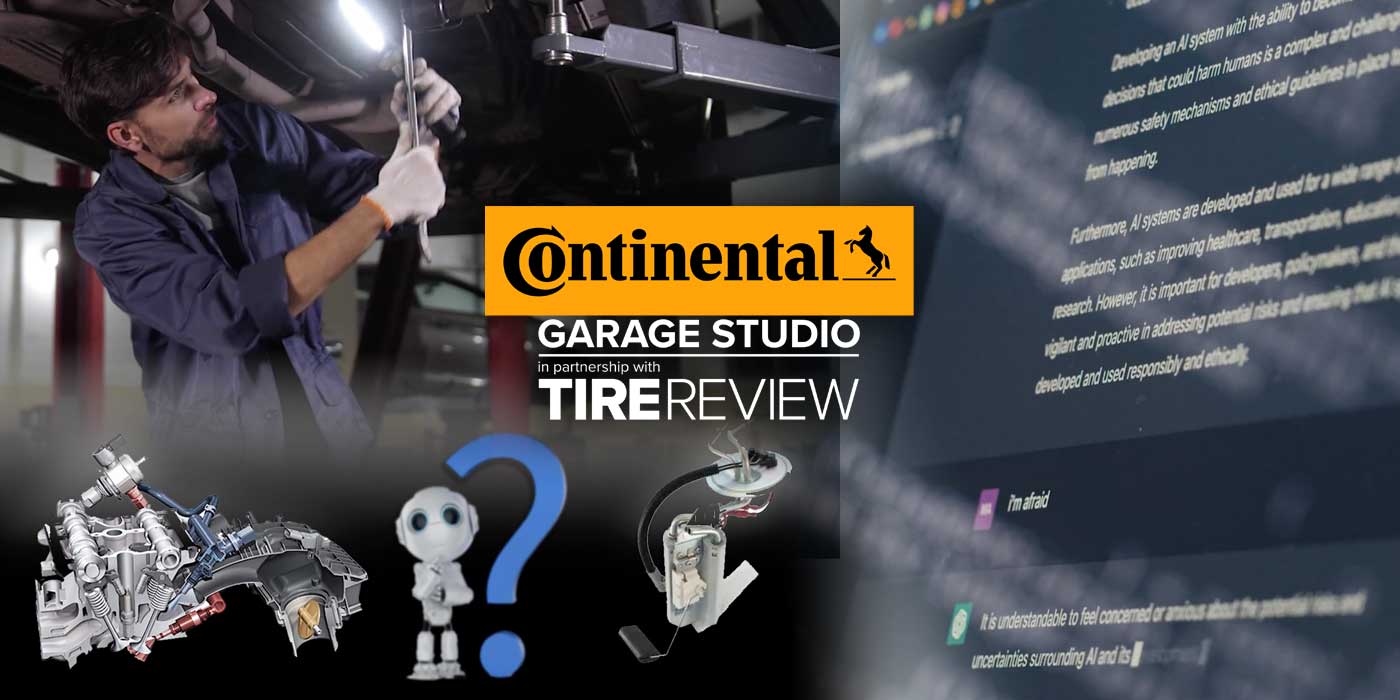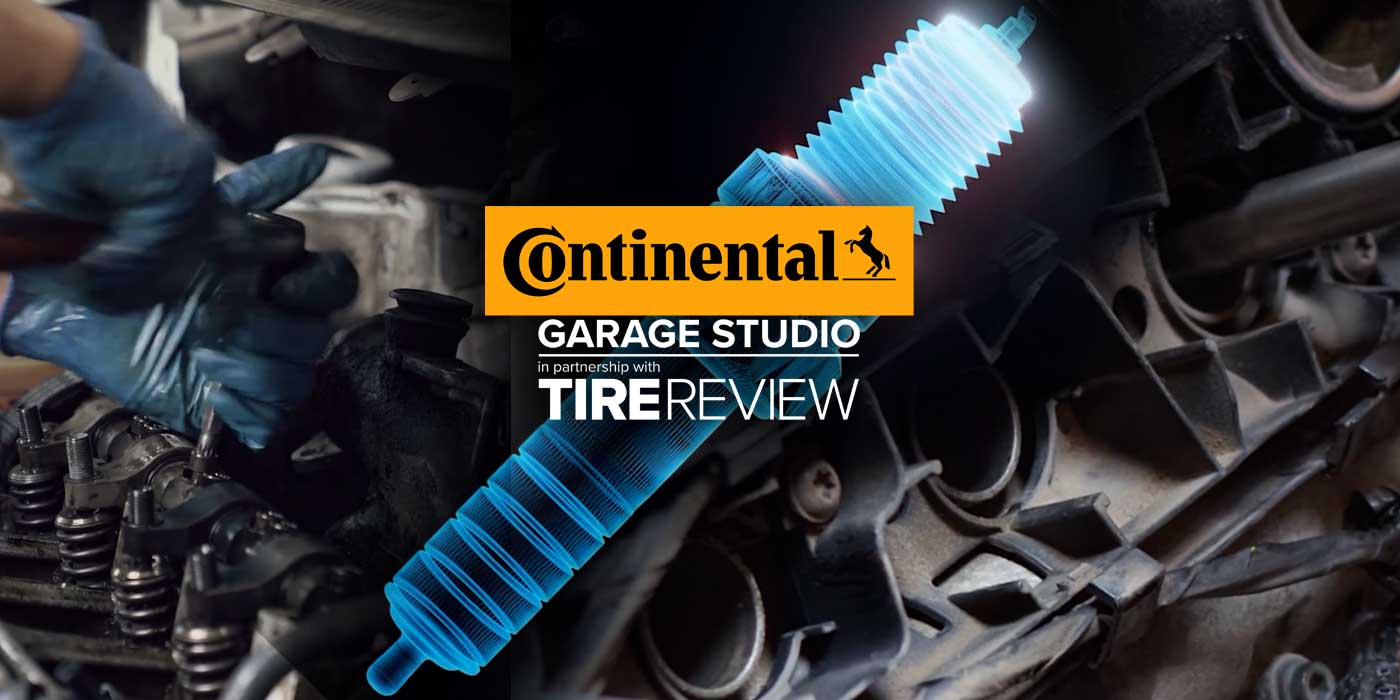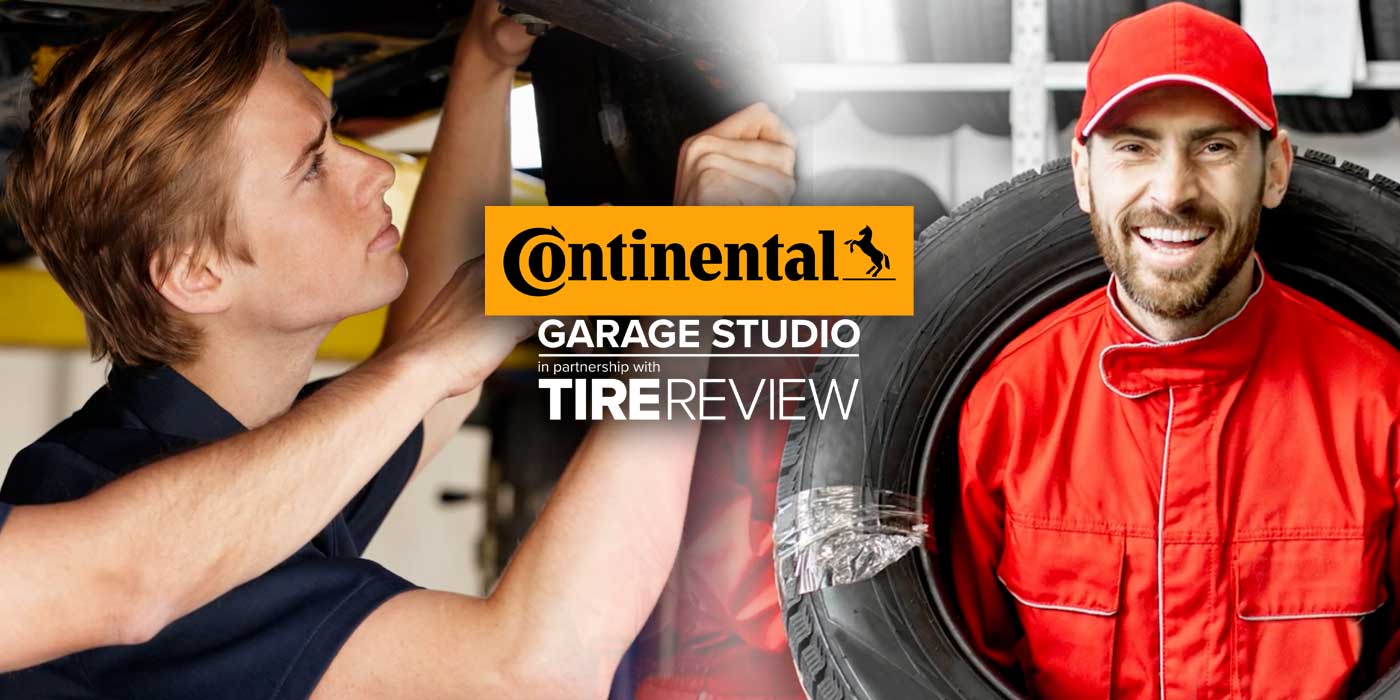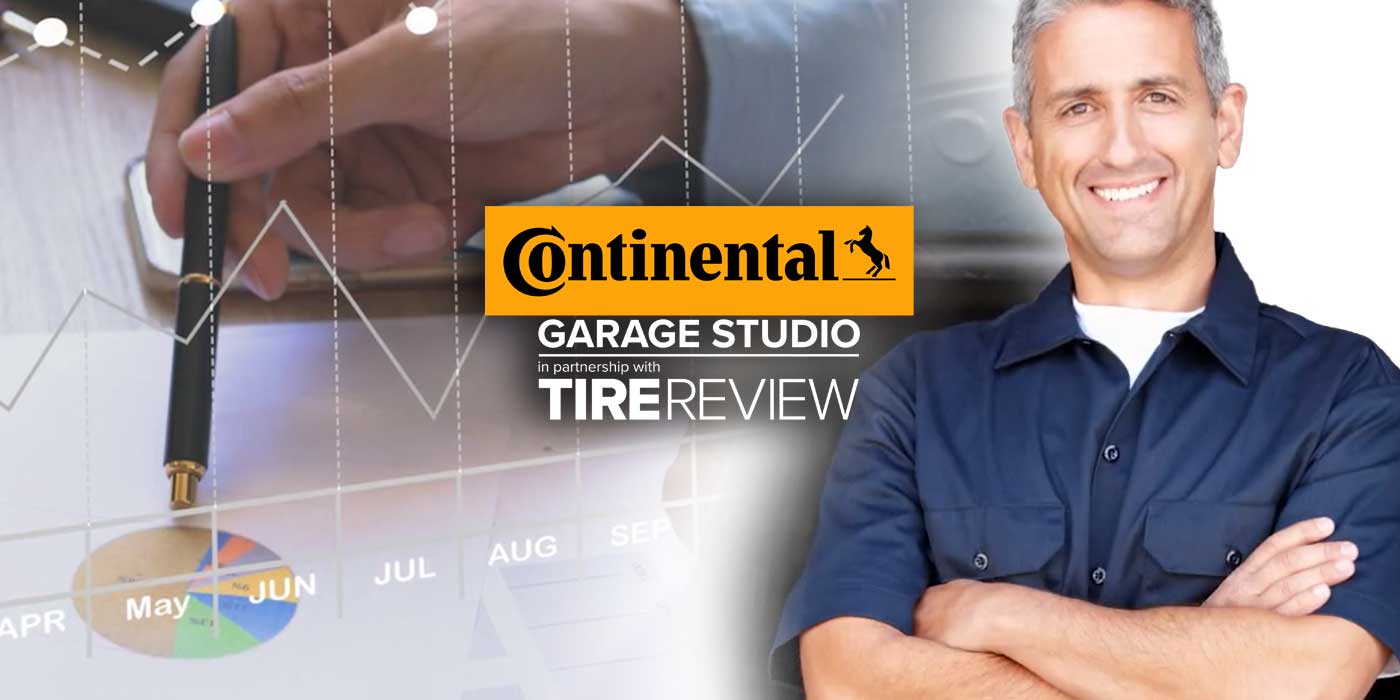When thinking about the level of comfort the simple things give us, we can only hope for a similar level of comfort when driving a car on a cold day. Tread depth can help with this, which is discussed more below.
Maybe your car isn’t as comfortable as some amenities, but it shouldn’t feel like you’re sitting on an iceberg rumbling over a pile of rocks. The tread depth of a tire plays a big role in the comfort of a vehicle and how it rides. As a rule of thumb, more tread depth means more cushion between the driver and the road, leading to a better ride and comfort.
However, a better ride and comfort can sometimes mean less control of the vehicle or less handling.
Since tread depth affects nearly all tire performance, customers need to be aware of tread depth and their tire rotation routine. When new tires are put on a vehicle, all the corners of the vehicle should have the same tread depth. But, over time, not all tires wear out at the same rate as real-life driving is far from perfect.
Tires wear out at different rates given vehicle load, road conditions and suspension. Suspension changes or misalignment can lead some tires to wear differently on the center and shoulder, and a vehicle with different tire performances in each corner isn’t safe on the road.
If tread depth is checked regularly and tires rotated with each oil change or every 6,000 to 8,000 miles, the tires will be closer to unified performance and have longer wear.
To watch more tire and tire service-related videos from our Tire Review Continental Tire Garage Studio, click here.





